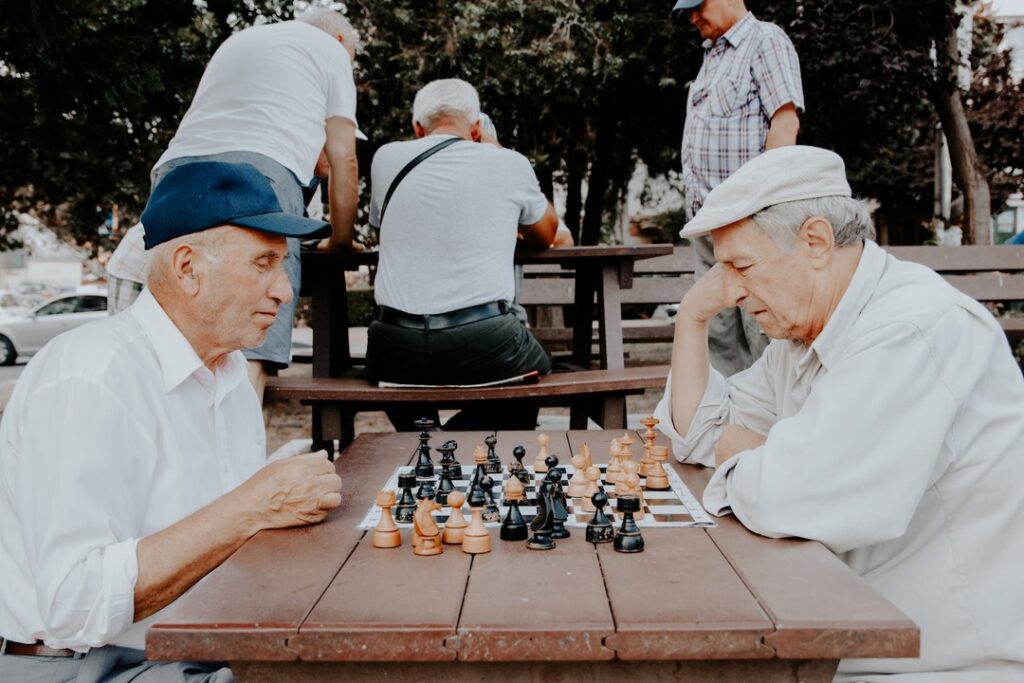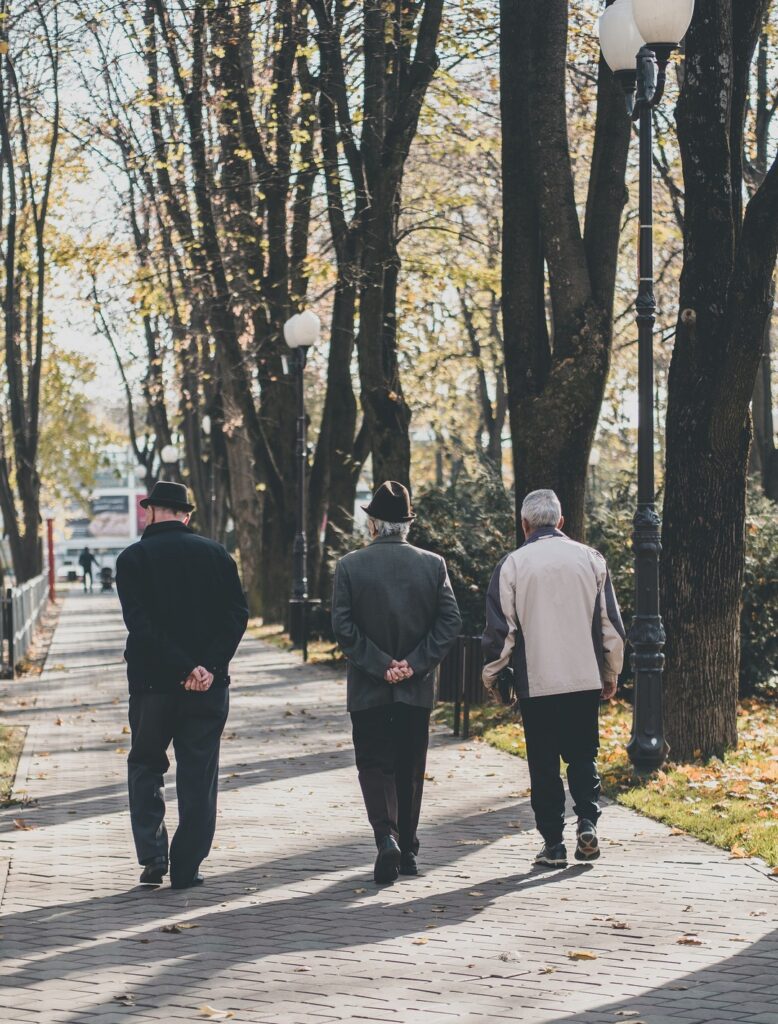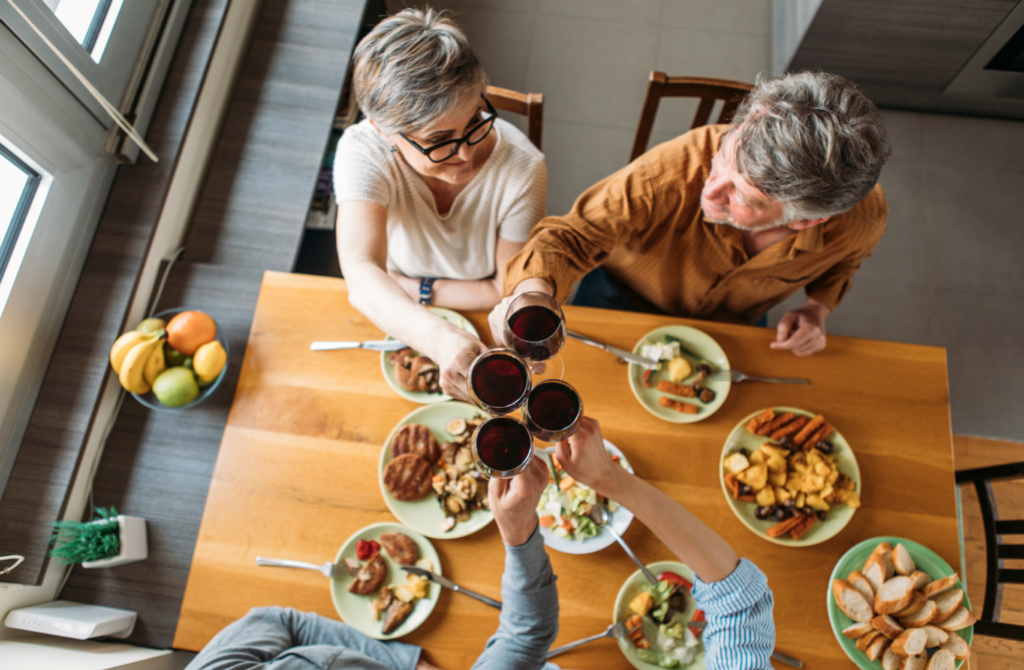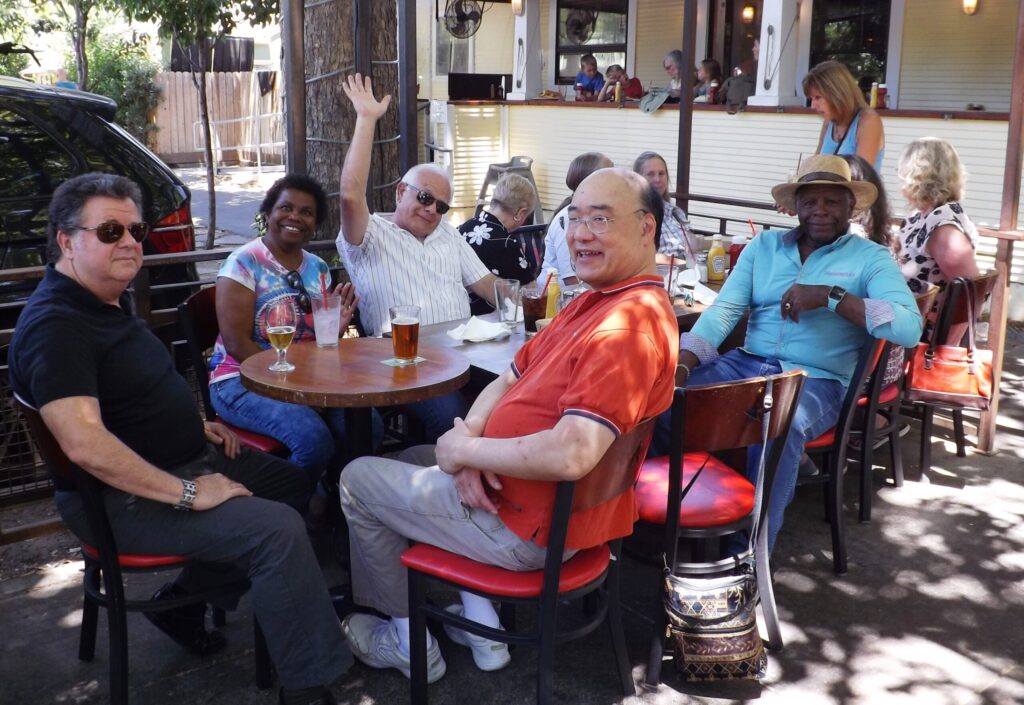We’ve all heard the phrase “use it or lose it.” It’s something that rings true throughout our lives. This phrase, however, has added significance when we reach retirement age. How we spend the sudden abundance of free time has a powerful impact on our mental, physical and cognitive health. Staying socially active in retirement is vital.
When we are younger, we may dream of an idyllic retirement, surrounded by white sand beaches, palms swaying, and an abundance of activities to share with friends and family. The reality can often be different. Even if you are lucky enough to live out your retirement in the ideal location, many retirees report significant challenges in keeping socially active lives.
In fact, one in four older adults say they feel isolated from other people at least some of the time, and one in three say they lack regular companionship. That’s a lot!
Why is that so important? Sadly, loneliness and social isolation have serious health repercussions. Both conditions frequently contribute to an increase in:
- Chronic disease
- Depression and anxiety
- Functional and cognitive decline
- Early mortality
Ouch!
This brings us back to the idea of “use it or lose it”.
Studies show that engagement in social activities is directly associated with better cognitive performance over time. The more someone participates in social activities and maintains healthy social connections, the better their cognitive abilities. Conversely, less social interaction results in cognitive decline.
The good news is that there are many impactful ways you can address these issues in your own life. In the remainder of this article, we’ll touch on the areas of your health that social connections can improve. Then, we’ll offer you some inspired ideas to help you create, maintain, and expand your social life in retirement. It’s vital, after all.
Read on!
How positive social connections improve health outcomes
Decreasing anxiety
Oxytocin is a hormone produced by the body activated by positive social interactions. We’re all familiar with the special bond between mother and baby. Oxytocin plays a crucial role in creating these unique bonds, which has led to it being called the ‘bonding hormone.’ Oxytocins’ effects, however, go far beyond this one specific relationship.
Importantly, Oxytocin works with neurotransmitters such as serotonin and dopamine to counteract feelings of anxiety and improving our sense of wellbeing. Evidence shows that Oxytocin is released through a wide variety of activities we associate with social connnection, such as holding hands, seeing a smiling face, dancing, and even hugging!
Reducing obesity
We’re all aware that obesity is rising among the general population worldwide. Shockingly, more than 40% of American adults are obese, and that statistic is similar in many developed economies.
Obesity increases the risk for the following serious medical conditions:
- High blood pressure/cholesterol; risk factors for heart disease
- Type two diabetes
- Breathing problems, such as asthma and sleep apnea
- Joint problems, such as osteoarthritis and musculoskeletal pain
- Gallstones and gallbladder disease
Obese older adults also have a higher risk of stroke, cancer, premature death and mental illness such as clinical depression and anxiety.
So what can you do about it? The simplistic answer is limiting your calorie intake, reducing alcohol consumption and eating a healthier diet. The less obvious answer (and more fun one) is increasing your social interaction.
Evidence shows a strong link between the size of a person’s social network and their body mass index (BMI). The more social interaction you have, the healthier your BMI is likely to be. Social connection helps with weight management as well as having a significant impact on individuals looking to lose weight.
Photo by Clement Falize on Unsplash
Cancer
Social connections also contribute to the quality of life experienced after a cancer diagnosis.
A standard narrative amongst cancer survivors is that the support from friends, family and even medical staff significantly increased their desire to fight the disease and live, and many studies show that this isn’t just anecdotal, it’s very real.
Beyond survivors’ social circles, significant benefits have been seen in attending group therapy, where patients with the same illness can get together and talk about their experiences. The results from research on a group of women with metastatic breast cancer showed that women who attended group therapy survived, on average, 36 months. While those that didn’t survived only half as long, at 18 months.
While the therapeutic effect of social connection is clear for those who already have cancer, research also indicates that the quality and number of connections an individual has greatly reduced their risk of developing cancer. For example, men living alone or with one other person have an increased risk of cancer mortality compared to men living with three or more people.
Living with people, interacting socially regularly and being involved in activities and hobbies offers protection against cancer.
Cardiovascular Disease
In a recent article, researchers identified and defined five behaviours that are risk factors for cardiovascular disease. These were:
- Physical health behaviours
- Negative emotions and mental mindsets
- Chronic stress
- Social isolation and poor social support
- Lack of a sense of purpose
More and more research points to the importance of social connectedness for cardiovascular health. When comparing men with large social networks, socially isolated men (defined as unmarried, having fewer than six friends or family, and not belonging to any church or community groups), had a higher chance of dying from cardiovascular disease.
Mental health
Up to this point, we’ve discussed the positive effects of social connection on our physical health. It should come as no surprise that social interaction has just a strong impact on our mental health.
Some quick facts then:
- Socially-isolated men are at an increased risk of accidents and suicide
- In older adults, membership in social groups can be a significant protective factor in developing depression, as well as reducing symptoms in those previously diagnosed with depression
The more dense social connection is within a community, the better mental health is across all groups. Those with strong support networks require less help with their health and feel more capable of taking care of themselves.
OK, so how do I improve my social life during retirement?
Now that you’re fully aware of the importance of maintaining a socially active life during retirement, how do you meet more like-minded people?
Many retirees often look to join groups or activities in their local community. These often include low-impact physical activities such as:
- Swimming
- Tai Chi
- Yoga
- Dancing
- Tennis
- Golf
- Lawn bowls
Or, for more mentally stimulating activities:
- Social walks
- Coffee meet-ups
- Lunch or dinner catch-ups
- Games such as Chess, Mahjong, Cards
- Attending quizzes
- Book clubs
Photo by Alexandra Marta on Unsplash
The search to find like-minded companions can, however, be easier said than done.
Changes in society over the last couple of decades have meant many traditional community groups have closed and no longer exist. The worst years of the COVID pandemic compounded this issue and had a devastating impact on social networks for many retirees.
Rapid advancements in technology have created new opportunities to connect with other people online, but many online platforms have been shown to have detrimental effects on mental health and can result in increased feelings of social isolation. To top it off, most of the health benefits we outlined earlier come primarily through in-person interactions and a strong sense of being included in a community, rather than simply online interaction.
This, in a nutshell, is why we created Stitch.
Stitch is a community built to help anyone over 50 find the companionship they need.
Our grand vision is to help improve the lives of older adults in every country around the world and provide an answer to the social isolation and loneliness that everyone ultimately faces at some point in their lives.
What makes Stitch completely unique is that it’s a community, one that’s been built by members, for members.
That means everything at Stitch is a result of the efforts of Stitch members, whether that’s local activities and events designed to bring people together, online discussions with other members around the world, group travel events, helping with member verification, even volunteering their time to help grow the community.
Our members know what it’s like to need companionship, and ultimately everyone has a role to play in making life better for each other.
As a community, we are able to define standards of behavior that all members are expected to adhere to, such as being kind, being welcoming, being supportive, being friendly. And we are able to build and grow social connections for all our members. This may start online, but almost without exception eventually develops into real-world interactions, with the overall goal of making a positive impact on the health and wellbeing of all our members.
If you’re retired, or even thinking about retiring, why not sign up for an account on Stitch and find out more? No matter where you live, you’re going to meet other Stitch members who can introduce you to the community and make you feel welcome.
We can’t wait to meet you!






